10 Birds Saved From Extinction
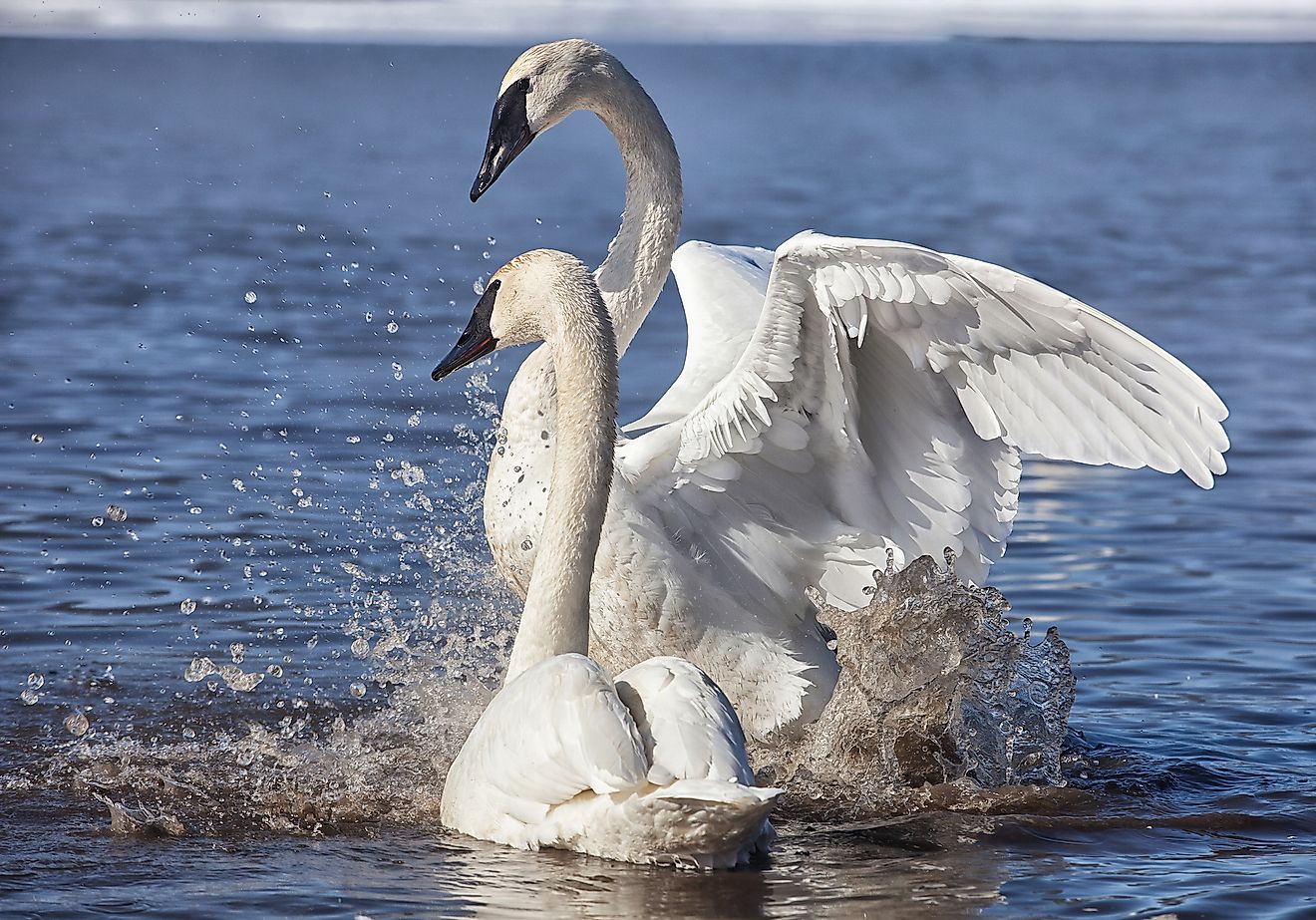
- As of 2014, there were more than 2000 critically endangered species on the IUCN List of Threatened Species
- If a species has less than 50 mature individual, then they qualify as a Critically Endangered species.
- Due to the extensive requirements around surveys of species that must take place prior to being considered extinct, it is possible for an extinct species to still be listed as Critically Endangered
On average, anywhere between 200 and 2,000 species go extinct annually. These are conservative numbers. Expert scientists calculate that the average extinction rate ranges between 0.01 and .1%. Sometimes, we get it right, and before a species goes extinct, conservation efforts are able to bring back a species from the brink of non-existence. Here are ten birds we’ve saved from extinction!
Chinese Crested Tern
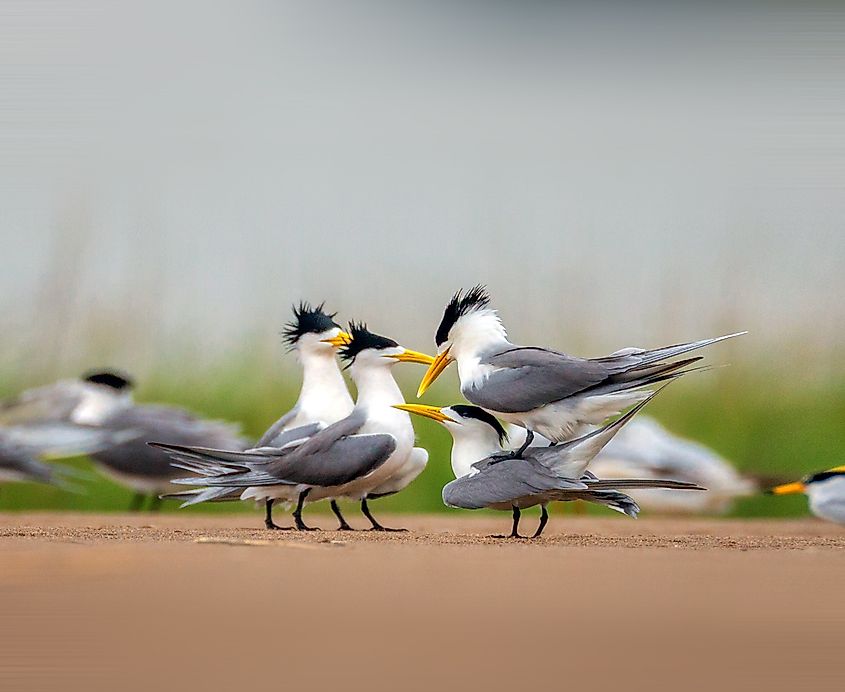
The Chinese crested tern is a critically endangered species that used to be believed to be extinct. In 2000, less than 10 birds were found in the Matsu Islands. The number of breeding adults seems to vary every year, although it does remain consistently low. As of 2014 there were at least 43 breeding adults. Records of its existence were sporadic over the years— only 21 birds were identified between June & July 1937 and they were not sighted again until 1978! Egg poachers pose the biggest threat to these birds.
Bald Eagle

The bald eagle is the poster child for birds saved from extinction. People used to hunt them for sport and the widespread use of DDT drastically reduced their numbers. Once DDT was banned, their numbers started to increase. Bald eagles are known to mate for life and they usually began breeding when they are between 4 and 5 years old. Today bald eagles are considered “Least Concern” on the IUCN Red List of Threatened Species.
Trumpeter Swan
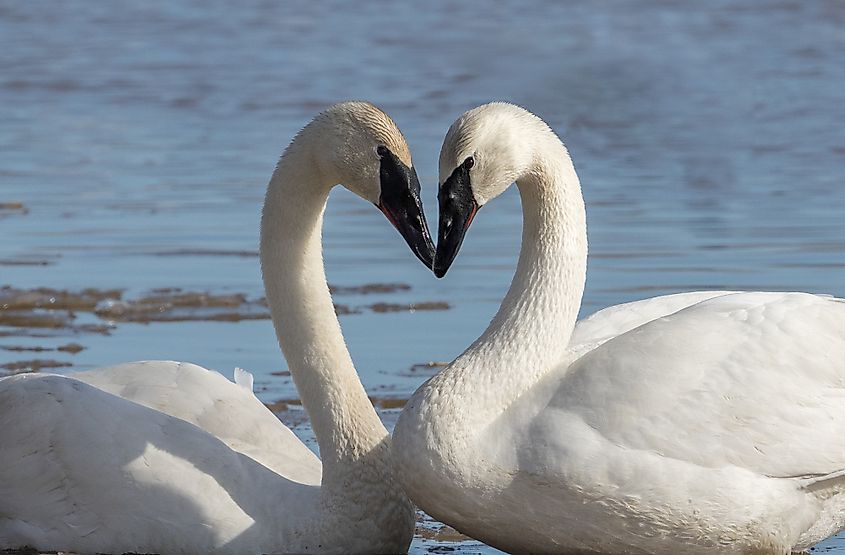
The trumpeter swan is another success story of what can be done when we work to ensure that specific bird species do not become extinct. Due to hunting and interest in their feathers, by 1933, there were less than 70 known wild trumpeters alive. Trumpteer swans are the largest known extant waterfowl species, with a possible weight of up to 30 pounds and a length up to nearly 6 feet! What saved the trumpeter swans was the discovery of a separate population that was slowly reintroduced into the population at large. The trumpeter swan now has a population of over 35,000 birds living throughout the North Americas.
Echo Parakeet
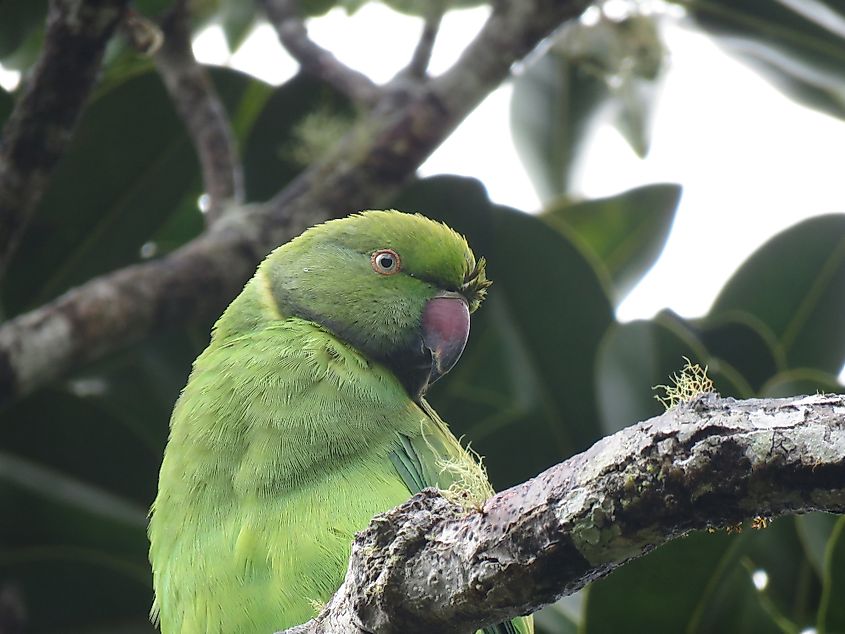
The echo parakeet is native to the Mascarene Islands of the Republic of Mauritius. In the 1980s, roughly 10 birds were still alive and only a few of them were female. The birds are on average 16 inches tall. Male birds have a slender pink collar around their neck, while females do not. Today, more than 800 echo parakeets roam the forests of the island. In general the parakeet lives in forest canopies. Hopefully, this bird will continue to thrive and not join the Dodo, which was also endemic to Mauritius, but no longer exists.
California Condor
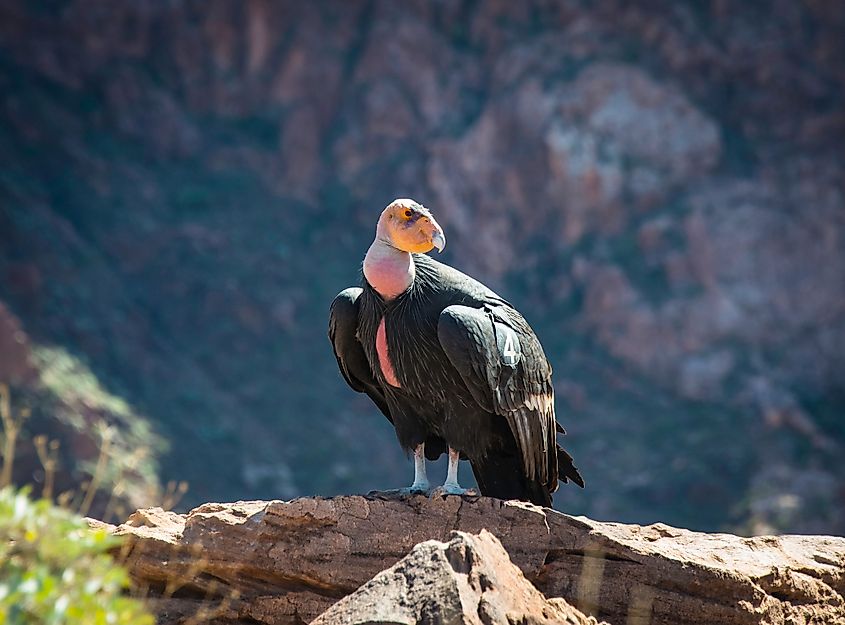
The California condor went extinct in the wild in 1987; at that time, there were only 27 California condors in captivity. Although it is no longer classified as such, it does remain “Critically Endangered.” Lead poisoning and habitat destruction both contributed to its decline. In the 90s, the birds were reintroduced to the wild. In the wild, the California condor can live for up to 60 years. It’s a scavenger and weighs between 18 and 31 pounds. With a wingspan of up to 10 feet, the bird is the largest flying bird in North America. Currently, there is conversation about reintroducing the species to Redwoods National Park, in California.
Cherry-throated Tanager
The Cherry-throated tanager’s native habitat is the mountain forests in Brazil. The bird has always been rare; its first sighting was in 1870 and it did not appear again until 1941. Cherry-throated tanagers are seasonally monogamous and usually produce two to three eggs per clutch. The bird’s distinctive red, white, and black feathers match its loud, sharp call. The bird remains on the “Critically Endangered” list, although the reason for its scarcity remains a mystery.
Whooping Cranes
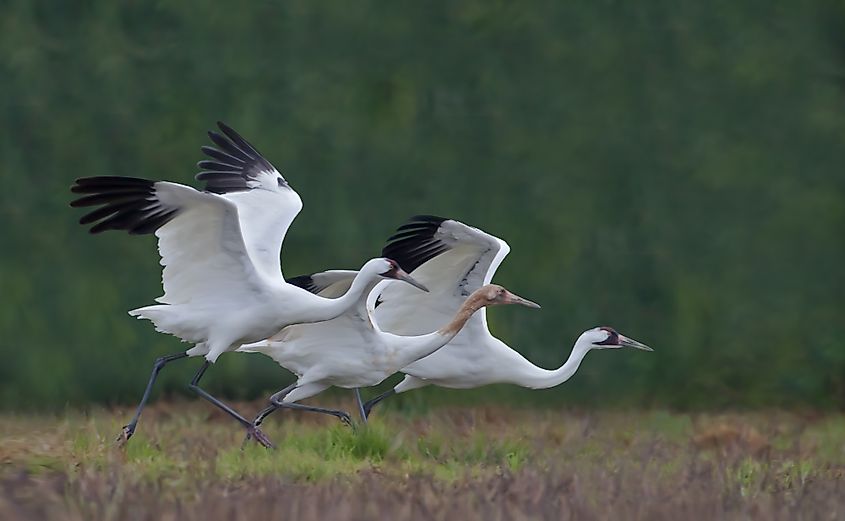
The whooping crane is one of two crane species endemic to North America. Its snowy white plumage and crimson cap of feathers make it unforgettable. They are nearly as tall as Great Blue Herons but significantly heavier. Their main habitat is wetlands and sometimes, the marshes. In the 1940s, between 15 and 20 birds still existed. Focused efforts to increase their numbers included captive breeding as well as reintroduction into the wild. The efforts succeeded: today there are several hundred whooping cranes in the wild. The whooping crane is not completely safe, however. It remains on the IUCN list as “Endangered.”
Yellow-Eared Parrot
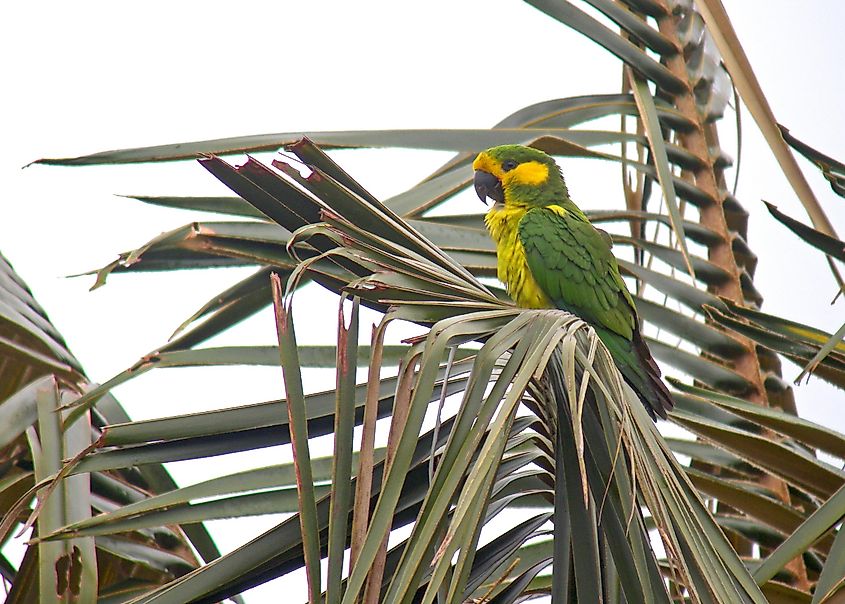
The yellow-eared parrot resides in the high Andes mountains. It was widely believed that the species was extinct until 1999, when a group of researchers discovered 81 yellow-eared parrots in the Colombian Andes. After this rediscovery, conservation efforts have increased, but the bird remains on the list, now classified as “Endangered.” Part of what threatens it is the continued use of wax palm fronds by residents. The wax palm tree houses yellow-eared parrot nests and roosts. Wax palm trees are slow-growing trees and so their destruction is not quickly remedied. Efforts to reduce use of wax palm fronds and the tree’s wood have been mostly successful. Currently there are more than 1,000 yellow-eared parrots alive in the wild.
Seychelles Warbler
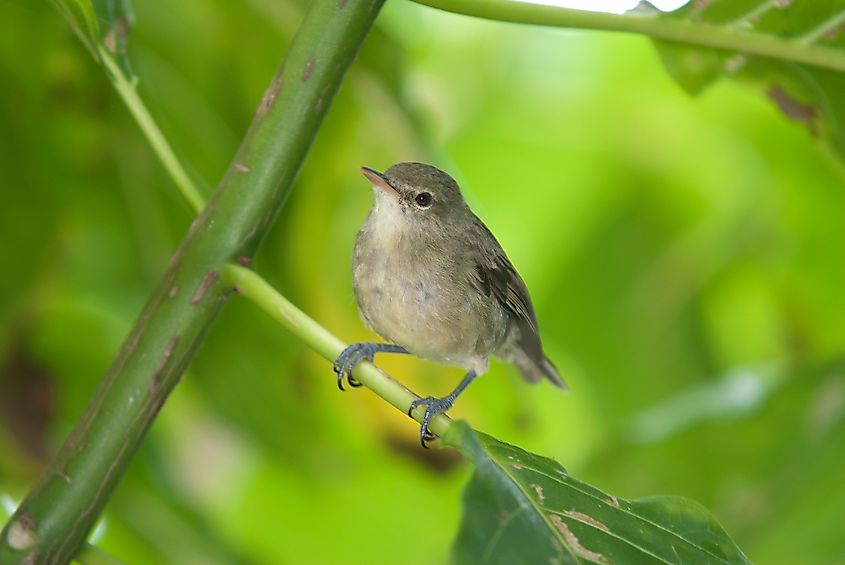
The Seychelles Warbler is a small songbird that lives in the Republic of Seychelles, off the coast of East Africa. In 1968, fewer than 30 Seychelles Warblers were alive in the wild. The bird’s plumage is greenish-brown and its legs are long. The bird mostly forages for insects. To help protect and conserve the species, Cousin Island (where they were in 1968) was declared a nature reserve. The work was successful! By 2014, there were more than 3,000 individuals comprising the population. This resulted in a reclassification as “Near Threatened.”
Tahiti Monarch
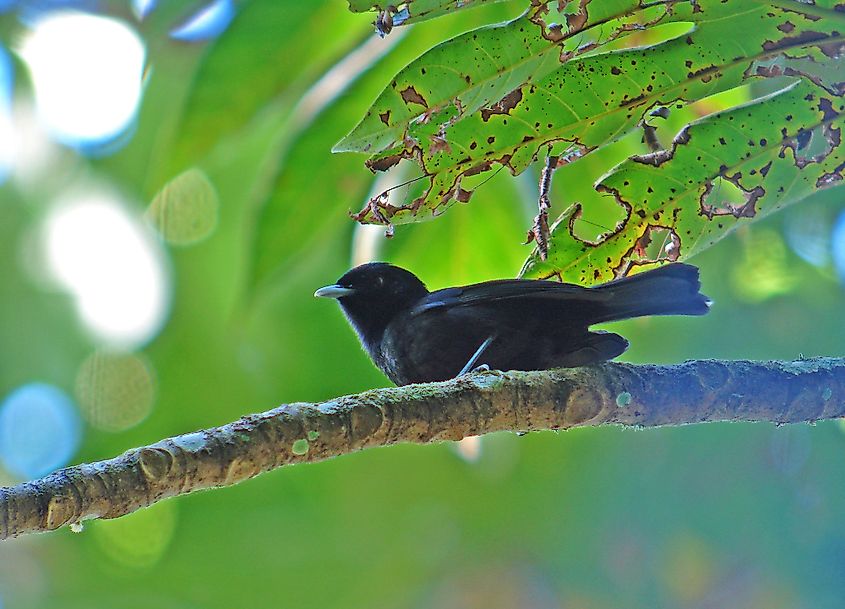
Tahiti Monarchs are found in French Polynesia. In 2006, only 19 adult birds were known to be in existence. The bird is very small and its feathers are black. As of 2015 that number has grown to 52. While the growth is not insignificant, the bird’s habitat is confined to only four valleys in Tahiti and so it remains “Critically Endangered.”











